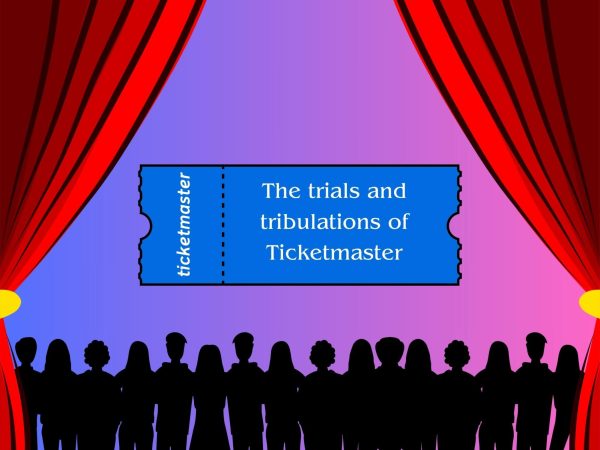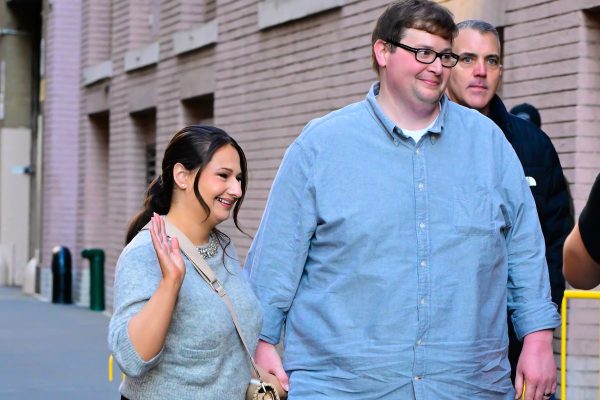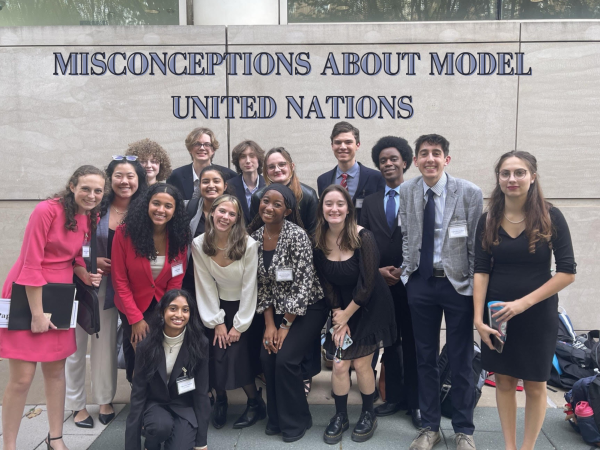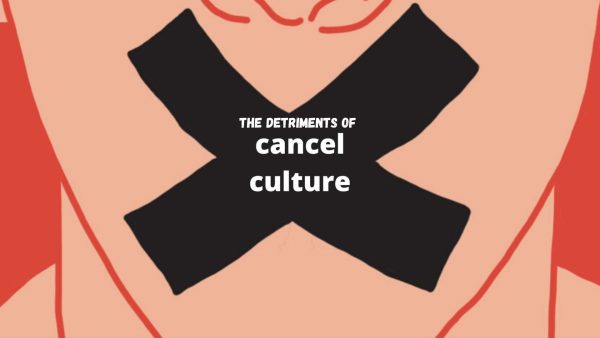Mind the bench: Why the Supreme Court matters
November 8, 2018
In most pursuits, taking a seat “on the bench” hardly qualifies as a position worth boasting about. Indeed, almost any avid athletics follower would consider those three words among the world’s most devastating terms of derision. To say that players who take bench generally lack somewhat in talent and accomplishment compared with their peers passes almost without saying entirely. At least one major American institution, though, offers the humble bench some chance at redemption: those who sit on the bench of the United States Supreme Court constitute some of the most vital players in American politics.
Despite the court’s importance, few Americans seem to pay it significant attention. A C-SPAN poll last year found that only 43 percent of respondents could name even one of the court’s nine justices. Because the justices never come up for election by the public—the President nominates them, and the Senate confirms (or, in rare cases, refuses to confirm) them—they rarely cross the average American’s political radar. Of course, the average American generally engages in a multitude of occupations beyond the world of government, and one can hardly expect the millions of people who will never sit on a federal bench to develop a complex understanding of the intricacies of constitutional thought as a matter of course. Nonetheless, given the sweeping impact of recent Supreme Court decisions such as Burwell v. Hobby Lobby, which established a corporate right to freedom of conscience, and Obergefell v. Hodges, which legalized same-sex marriage, the lack of public knowledge surrounding the court’s composition and operation proves frankly indefensible.
Since the establishment of the principle of judicial review in Marbury v. Madison, the Supreme Court has played a pivotal role in American public life. At various times in the nation’s history, the court established the fundamentals of modern contract law, fought Andrew Jackson over Native American land issues, denied citizenship to African-Americans in the infamous Dred Scott case, defended and ended segregation, upheld the right to offensive speech, legalized abortion nationwide, struck down limits on campaign donations, and instituted same-sex civil marriage in all states. At every turn, the court finds supporters and detractors—many of whose roles shift from decision to decision. At least twice, under Ronald Reagan and George W. Bush, major presidential advisers considered abandoning judicial review as undemocratic, instead endorsing an alternative system called “coordinate review.” In the end, though, the court stayed, and so every American bears both a right and a responsibility to understand and engage with its actions.
Public understanding of the Supreme Court’s inner workings becomes even more necessary in today’s politicized judicial environment. In bygone years, presidents (Franklin D. Roosevelt’s infamous court-packing attempts excluded) generally picked safe bipartisan choices, and in turn, the Senate largely took its “advice and consent” role to mean “consent heartily to whomever the President nominates.” As recently as 1986, conservative Supreme Court icon Antonin Scalia felt comfortable and relaxed enough to take out a pipe and smoke during his confirmation hearings. Recent politics changed this factor. In the 2016 election, when Senate Republicans refused to consider any nominee until November passed, then-candidate Donald Trump’s promise to appoint a solid right-winger to the court helped convince hesitant conservatives to hold their collective nose and cast a vote for Trump. Meanwhile, recent confirmation hearings over Trump nominee Brett Kavanaugh erupted into national chaos when multiple women accused the would-be justice of sexual misconduct in high school and college. The Senate confirmed him by a hair’s breadth, 51-49.
Moreover, one ought to understand that the justices’ ideologies frequently defy the simplistic categories of “liberal” and “conservative.” Both the late Antonin Scalia and current justice Clarence Thomas generally presented themselves to the public as conservative Republicans. Where Thomas draws heavily on natural-law jurisprudence, which views law as the outgrowth of a transcendent moral order reflected to some extent in traditional religion, Scalia unrelentingly disdained the introduction of sources to a legal discussion outside the text and original meaning of the law itself. Where recently nominated justice Neil Gorsuch holds to Scalia-esque neo-federalist views of government, Kavanaugh aligns more closely with George W. Bush appointee Samuel Alito in his support for a broadly big-government conservatism.
To understand the Supreme Court, then, requires a great deal of research and deliberation, much like a Supreme Court decision itself. To function in a republic such as the one in which Americans live, though, to keep up a passing understanding of the institutions that govern one’s world cannot merely stand as one option among many. If one wishes to see that republic survive, then the public must see it as mandatory.


















Ken Glaze • Nov 9, 2018 at 11:46 AM
Some well put words and should be considered a must read .